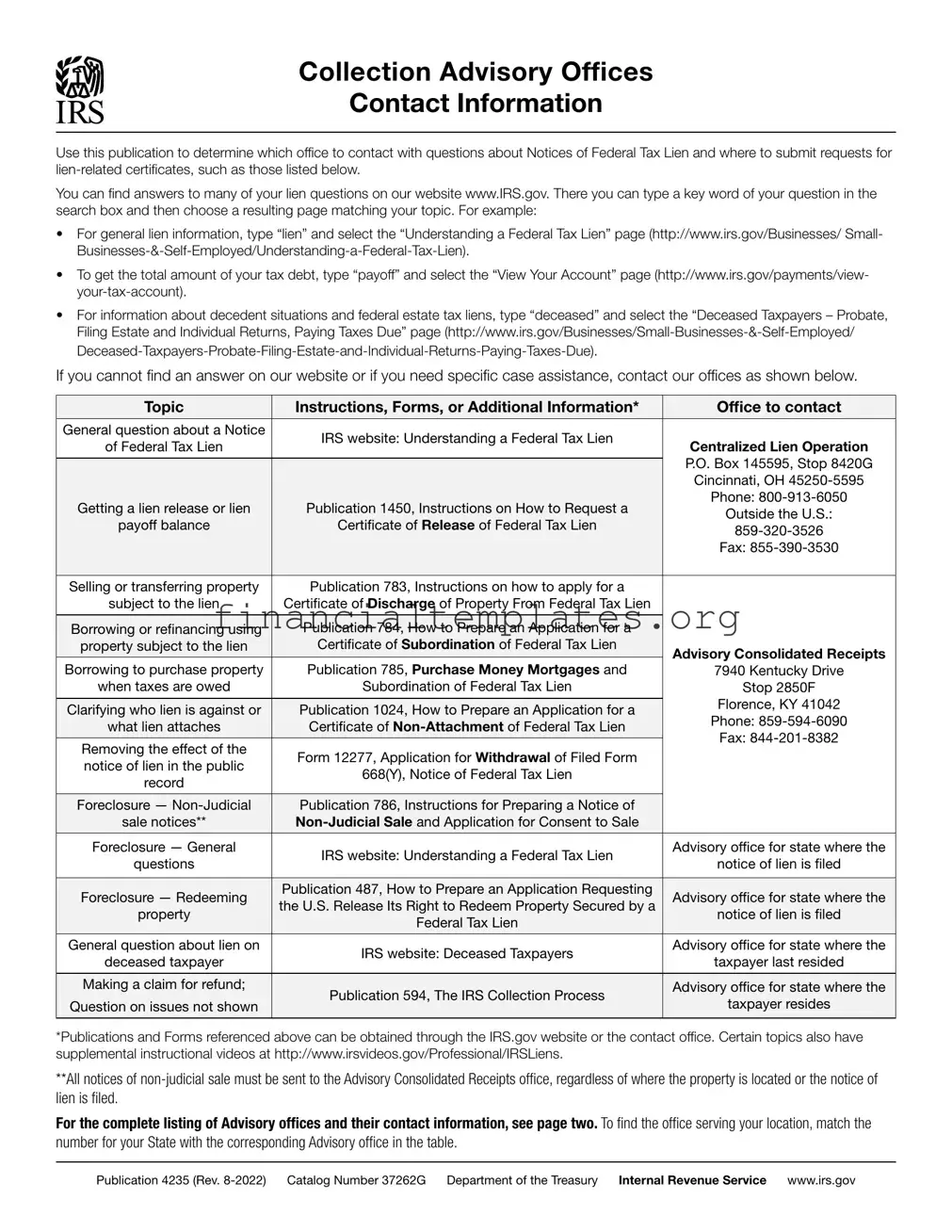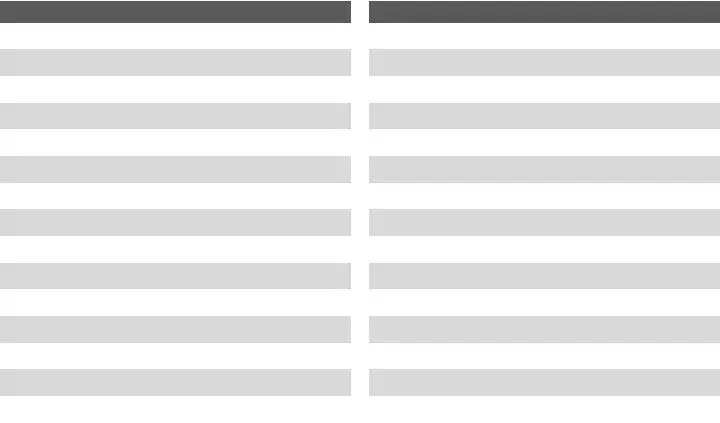IRS Form 433-A, often referred to as the Collection Information Statement for Wage Earners and Self-Employed Individuals, bears similarity to IRS 4235 in its function related to tax liens, though it serves a different purpose. While IRS 4235 provides information for contacting Collection Advisory Groups for lien-related matters, Form 433-A is used by individuals to provide detailed financial information to the IRS. This is typically for setting up a payment plan or proving financial hardship, which can ultimately affect the handling of federal tax liens, making the two forms closely related in the context of resolving taxpayer liabilities.
Form 656, commonly known as the Offer in Compromise form, is another document related to IRS 4235, as they both deal with resolving tax liabilities, but from different angles. Form 656 allows taxpayers to negotiate with the IRS to settle their tax debts for less than the full amount owed. Successfully navigating an Offer in Compromise can lead to adjustments or changes in the status or existence of a federal tax lien, aligning it with the objectives outlined in the IRS 4235 for seeking lien relief or resolutions.
Form 12277, Application for Withdrawal of Filed Form 668(Y), Notice of Federal Tax Lien, is directly linked to the content outlined in IRS 4235. This form is the procedural step taken by a taxpayer requesting the withdrawal of a Notice of Federal Tax Lien after it has been released. The IRS 4235 publication specifically lists this form and its purpose, illustrating a direct operational connection between these documents in the process of managing and potentially removing a federal tax lien from the public record.
Form 8821, Tax Information Authorization, while not directly related to tax liens, is similar to IRS 4235 in that it involves the designation of third-party representatives in dealings with the IRS. Form 8821 authorizes individuals or entities to access a taxpayer's information, which could be crucial in resolving matters related to federal tax liens, as laid out in IRS 4235. This form can facilitate communication and procedures between taxpayers, their representatives, and the IRS Advisory Groups mentioned in IRS 4235.
Form 2848, Power of Attorney and Declaration of Representative, shares a functional resemblance to IRS 4235 by enabling taxpayer representation in dealing with the IRS, specifically regarding tax liens. By granting a power of attorney through Form 2848, a taxpayer can authorize an individual, such as an attorney, CPA, or enrolled agent, to represent them in tax matters, making it a critical document for those seeking to address issues related to Notices of Federal Tax Lien and other lien-related certificates through the Advisory Offices specified in IRS 4235.
Publication 1450, Instructions on How to Request a Certificate of Release of Federal Tax Lien, is intimately connected to the content of IRS 4235. This publication provides taxpayers with the necessary steps to request the official release of a federal tax lien from the public record, aligning with the information and objectives found in IRS 4235 about resolving tax liens. It serves as a detailed guide for engaging with the appropriate IRS Advisory Office, as determined by the taxpayer's location or the location of the lien filing.
Publication 783, Instructions on How to Apply for a Certificate of Discharge of Property from Federal Tax Lien, also aligns closely with the objectives of IRS 4235. As with other documents listed, it provides specific procedural guidance for one aspect of managing federal tax liens — in this case, the discharge of property. This publication outlines the steps a taxpayer needs to take to remove a specific property from under the blanket of an IRS lien, which is crucial for selling or transferring property free of the lien. Both documents pivot on the broader theme of navigating federal tax liens and resolving related issues through the stipulated IRS channels.


